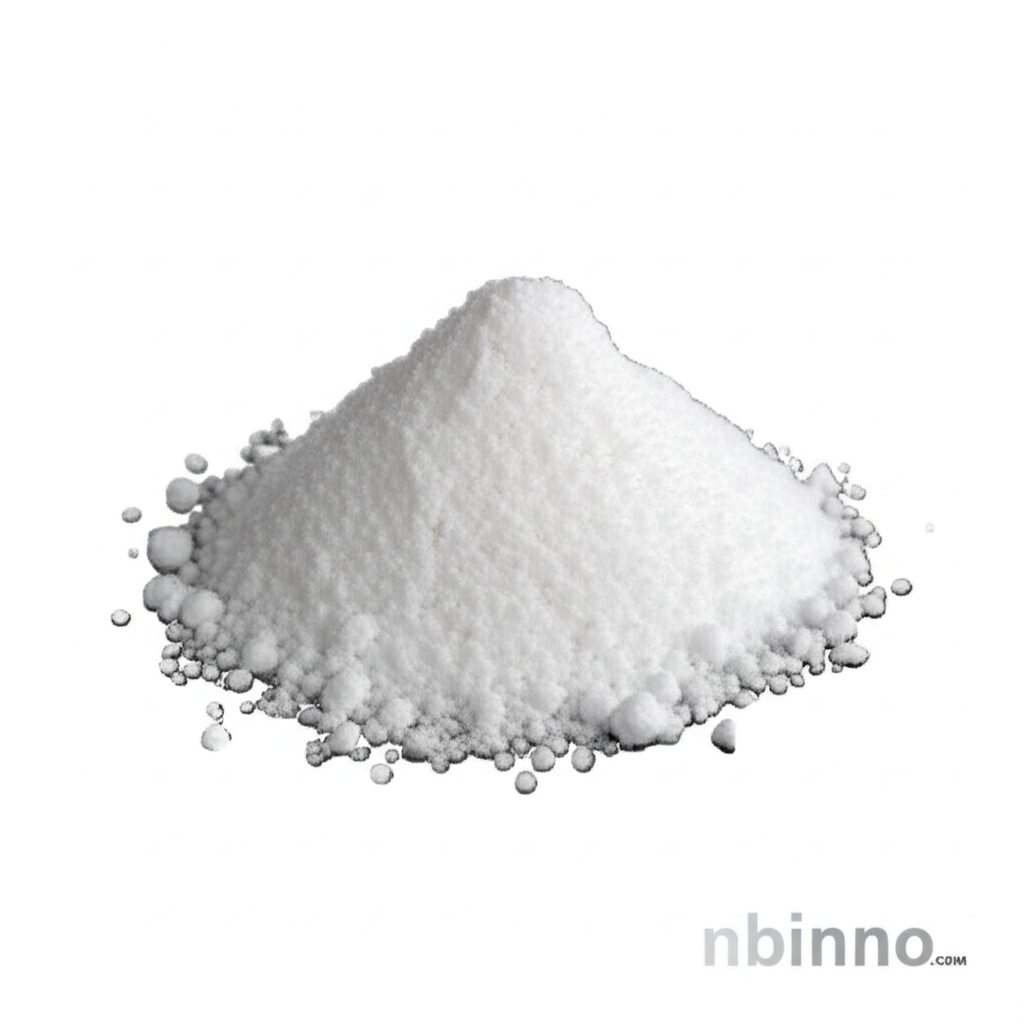Understanding 3'-Amino-4'-Methoxyacetanilide (CAS 6375-47-9)
Your essential guide to a key dyestuff intermediate and organic synthesis component.
Get a Quote & SampleProduct Core Value

3'-Amino-4'-methoxyacetanilide
This compound is a crucial intermediate in the chemical industry, primarily recognized for its application in the production of dyestuffs, notably Disperse Blue 79. Its well-defined chemical structure and properties make it a reliable choice for various synthetic pathways.
- Discover the critical role of 3'-amino-4'-methoxyacetanilide CAS 6375-47-9 uses in advanced chemical manufacturing.
- Learn about the synthesis of 3'-amino-4'-methoxyacetanilide and its importance as a reliable building block.
- Explore how this compound functions as a vital disperse dye intermediate for Disperse Blue 79 production.
- Understand the chemical intermediate N-(3-amino-4-methoxyphenyl)acetamide applications in diverse industrial processes.
Key Advantages
High Purity and Quality
Benefit from the consistent high purity (97% Min.) of this chemical intermediate, ensuring reliable outcomes in your dye production and organic synthesis processes.
Versatile Application
Leverage its utility as a core component for dye production and other demanding organic synthesis applications, making it a versatile choice for manufacturers.
Detailed Technical Data
Access comprehensive information on its chemical and physical properties, including detailed MSDS, aiding in safe handling and optimal utilization for its dye intermediate role.
Key Applications
Dyestuff Intermediates
As a primary disperse dye intermediate, it is essential for the creation of vibrant and durable colors, particularly in the textile sector for products like Disperse Blue 79.
Organic Synthesis
This compound serves as a valuable building block in various organic synthesis pathways, enabling the creation of more complex molecules for different industrial uses.
Fine Chemical Production
Its specific chemical structure makes it suitable for the production of fine chemicals, contributing to advancements in materials science and other specialized fields.
Chemical Research and Development
Researchers and developers utilize this intermediate in exploring new compounds and refining existing chemical processes, contributing to innovation in the chemical industry.
